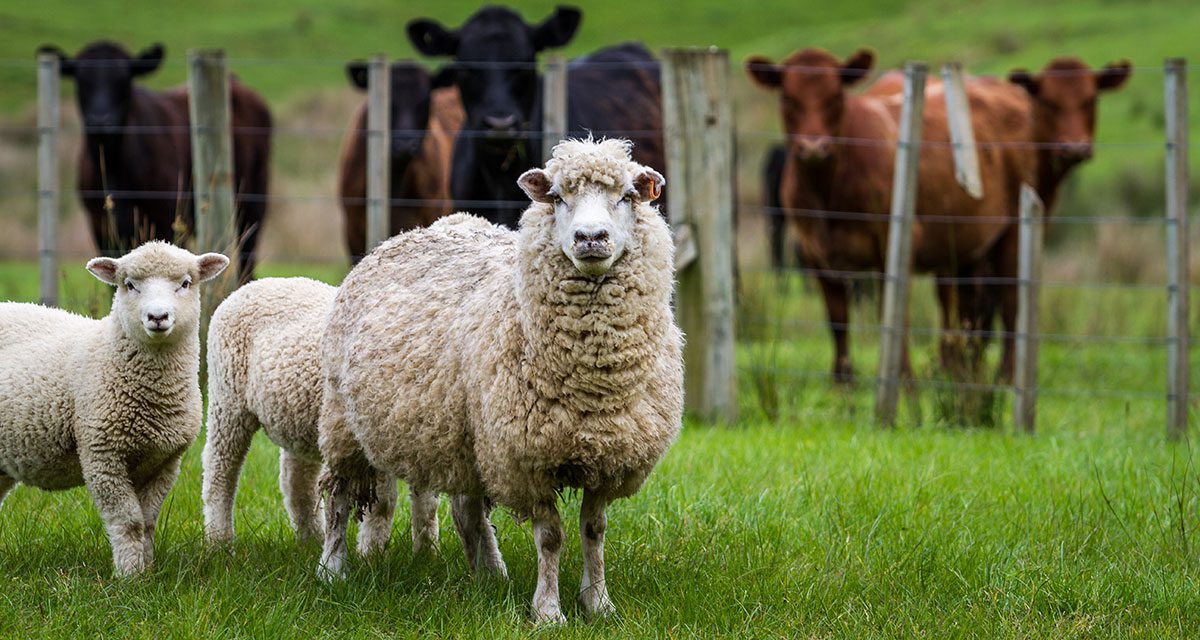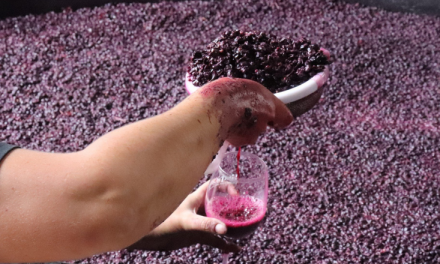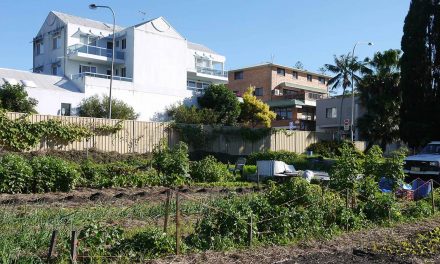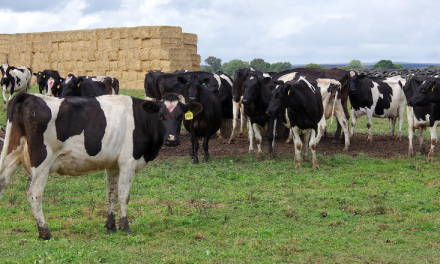Once again large areas of Australia are dry, too dry. And drought affects properties big and small. Liz Rymill looks at the pros and cons of sending your stock off property – or taking in someone else’s. And there are things of which you need to be aware.
In a tough season, limited pasture growth and many mouths to feed may lead to tough decisions and the potential selling of livestock.
But for some, agistment is a viable option and can result in a win for livestock owners and land managers.
WA Department of Primary Industries research officer Beth Paganoni said agistment was the movement of livestock from a property where there was little feed or water to another property where there are adequate supplies.
She said such an arrangement normally involves payment, but it may still be cheaper than hand feeding your animals.
The benefits from agistment are also found back on a home property, which can be given the opportunity to ‘spell’ – an opportunity for depleted pastures to recover and regenerate at a strategic time of year.
Additionally, Beth said “good feed on the agisting property and a suitable stocking rate may improve the condition, fertility and value of livestock”.
“Moving stock to somewhere which is slightly cooler in summer will also help to reduce heat stress on animals and help them maintain condition,” Beth said.
“But it is vital to have a written agistment agreement between the livestock owner and the person providing agistment,” she said.
Before entering into an agistment agreement, visit the agistment property to evaluate:
- Fences and gates
- Amount and quality of feed available in the paddocks.
- Assess weeds and pest status.
- Check the water for salinity and signs of algal bloom.
- Stock handling facilities – can management requirements be carried out (drenching, unloading, drafting etc)?





